Student-Athletes Concern with Late Lunches
Lunchtime isn’t what it used to be. Everything has shifted seven minutes forward, but it’s been one major step backwards.
Lunch for Students of WCHS
Considerably, life as a high schooler becomes complex. Finding time to complete tasks is challenging. Students can find themselves struggling to balance maintaining grades, finishing school work, attending sports practice, participating in or out-of-school clubs, working a job, and the list continues.
For many, adapting to the environment at a constant can be demanding. Most notably, student-athletes know this all too well. Students active in competitive sports juggle the intricacies of time management. A tight schedule is given to live by during the sports seasons. This means that everything is oriented around the sport. Students become conscious of what foods they consume, how much, and when.
No wonder the thought of simply eating can pass by unnoticeably. Fortunately, attending school should make up for the absence, right? However, what happens when lunch is past the ideal time?
Woodford County High School offers four different lunch times, using a letter system ranging from A to D, each lunch lasting 26 minutes. A lunch begins at 12:08 pm, while D lunch is at 1:41 pm. The school runs by an A/B schedule. Each day, a student could be assigned a different lunch rotation. Sometimes there is the unfortunate assignment of D lunch for both days. Students who have D lunch wait nearly two hours past noon before eating lunch.
For the past two years, D lunch began at 1:36 pm, but in the 2022-2023 school year, lunchtime shifted five minutes.
HIVE

HIVE time is an enrichment for students to study. It is a thirty-minute block between the second and third blocks. The program is self-directed, meaning students sign themselves up. For whatever reason, many would not schedule their HIVE time for the week. Therefore, automatically, they were sent to the cafeteria for that day, resulting in an overflow of students.
To prevent this pattern from reoccurring, the high school staff admin decided to reintroduce advisory time. Advisory time is seven minutes wedged between the first and second blocks. During this time, teachers check students’ HIVE to ensure they have signed up.
Lunchtime past 1:30 pm is quite late, let alone waiting those extra five minutes can add up when you’re hungry.
Typically, student-athletes begin snacking during this period to fuel an intensive evening of physical activity. In addition, you can find most students crunching on a snack during HIVE time.
Impact
Issues arise with student-athletes. Based on the sport, practice times vary, especially regarding school breaks, holidays, weather conditions, and other inconveniences. As the seasons subsides, practice time runs closer to immediately after school.
Generally, coaches advise athletes to eat two or more hours before practice or games. The purpose of eating earlier is to assure food gets digested properly. So some student-athletes start eating earlier on their own.
Depending on the teacher’s classroom rules for food and drinks, a student may not have the option to eat early. Poor timing with food can critically affect an athlete’s performance.
For example, Samara Miller is a senior on WCHS’s cross-country, track, and field team. Her coach, WCHS’s cross-country and distance leader, Coach Brooke, urges her athletes to eat two to three hours before. On Miller’s gold day schedule, she has D lunch.
Miller shares, “I find it ridiculous for when track season comes around, and practice is at 4:00 pm. So usually I eat lunch during hive.”
For reference, WCHS’s school ends at 3:30 pm, so Miller tries to eat three to four hours before practice or race time, fearing a disastrous run with an uneasy stomach.
Many athletes like Miller combat a late lunch schedule and have after-school sporting. Some of them play the entire school season, consisting of three sports seasons: fall, winter, and spring. Her story speaks for other student-athletes who deal with a strenuous routine. Parents and staff should be concerned about the circumstances their student endures during a typical school year.
I, myself, have been a student-athlete throughout high school, running on the school’s cross-country team. For three of the four years, I was given D lunch for at least one of my lunch days. In my freshman year, I had D lunch on both days.
Despite not experiencing the updated lunch schedule for the 2022-2023 school year, I know the feeling of waiting for lunch all too well. During my junior year, I had B lunch (12:34-1:00) one day and D lunch (1:36-2:02) the other day. The difference of an hour hits harshly.
There were days I struggled to run because of cramping and side stitches, or other times I couldn’t fully perform to my extent because of an upset stomach. I could feel the jostling of food and liquids as I ran.
I feel for the students who have had or have A lunch (12:08-12:34) and D lunch (1:41-2:07).
Time, time, time
Not only that, but without a doubt, lunch lines can be time-consuming. Students have a 26-minute window to get lunch, eat, and favorably socialize. Most lunches consist of over 150 students per lunch, and, well, depending on who brings their lunch regularly or that day, lunch lines can extend into the middle of the cafeteria.
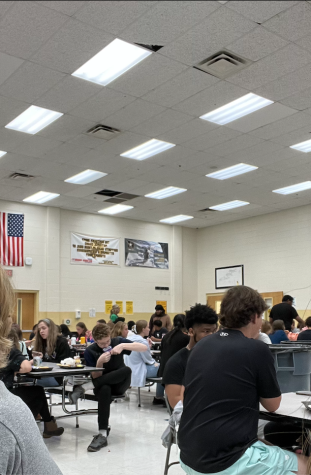
Understandably and impatiently, sometimes students sit at a table and wait for the lunch lines to clear. Worse case, you can find yourself waiting 5 or 10 minutes to receive your lunch. Nearly half of lunchtime is dedicated to receiving lunch rather than actually eating it. Not to mention, accounting for the time it takes from getting from the classroom to the cafeteria, which may be five minutes max.
Already, fifteen minutes of lunch are gone, with only sparing fifteen minutes or less to eat.
Student-athletes need to eat more food than the average student to perform demanding physical exertion. Given the circumstances, students feel rushed to eat fast. This is detrimental to their short-term and long-term health. Food needs time to settle.
Decision-making for food consumption can be unhealthy and wasteful.
Waiting for those extra minutes pushes the meal consumption time further away. Time begins to add up negatively.
Accommodating the uncontrollable
Not everyone is lucky enough to bring their lunch. It is a privilege to be able to pack a lunch and choose what you desire, so some students end up waiting to chow down on the food at lunch. Plus, it strips a student’s ability to snack throughout the day if so wished.
By the last lunch rotation, students may have cold food or fewer options. This is unfortunate for the students who look forward to having their chosen meal for lunch. Students should be assured that they have access to eating nourishing food and options.
This runs problematically. The less fortunate athletes must wait till lunch before eating.
Possibly, the athlete association and management at WCHS could offer fulfilling snacks for their student-athletes. To eliminate the issue of cost, snacks could be donated by parents or made by the culinary students every so often, perhaps weekly. This way, no student-athlete has to stress on an empty stomach.
Solution
Other schools have made their way into efforts to change a similar problem. Many requested a snack cart or window area. Snacks can be packaged together into a Grab-and-go bag. Technically, WCHS does offer a snack card, listed as a second-chance breakfast. Yet, this opportunity for students to receive food is only in the morning after the first block, from 9:48-9:56 am. While this offers the chance for students to snack, it is still too early in the morning to matter for the evening.
During the day, students could be provided with either a free or low-cost snack. Another school reported extending their lunch periods to 30-35 minutes each. If not doable, there is an alternative. WCHS inflicting leaving a clean space policy, therefore, allowing students to eat in the classroom for an appropriate amount of time.
As teenagers or young adults per se, eating food is critical to one’s overall health. Often, lunch can be a student’s favorite part of the day or the thing they look most forward to, but it becomes frustrating when there are conditions. Eating D lunch is the lunch no one looks forward to when they receive their schedule. Student-athletes suffer the consequences of a late meal time, and those who aren’t participating in a sport have their lunchtime cut. Most agree lunchtimes should be earlier and longer.
As I sit here writing this in the first block, hungry at only 8:30-9:48, I can’t wait for my C lunch at 1:10 pm today. Good luck to the students who must wait till D lunch at 1:41 pm today.

MeiLi is a WCHS senior; this is her first-time reporting for The Jacket Journal. She has run for four years on WCHS’s cross-country team. She is a driven...

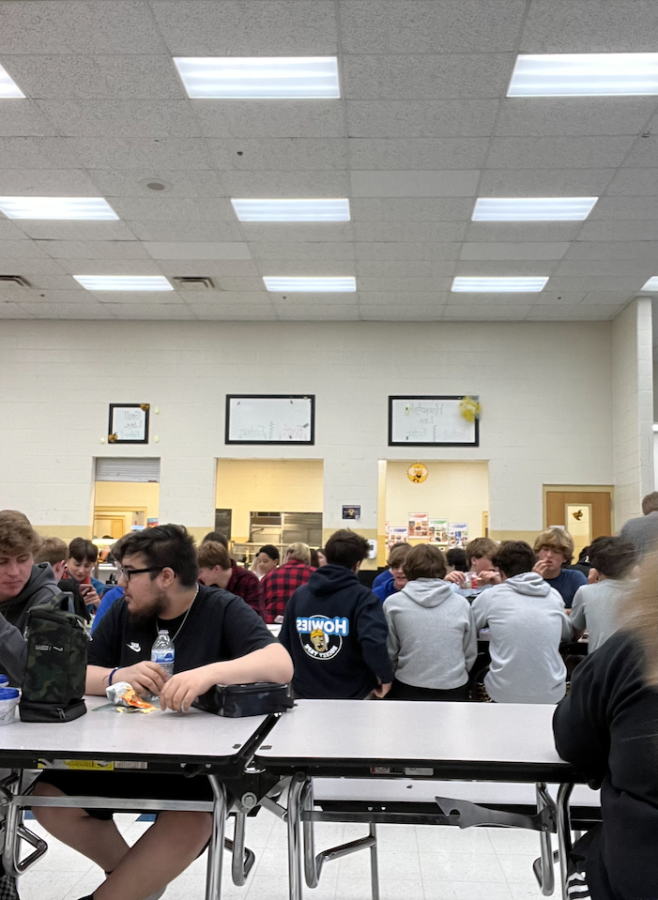
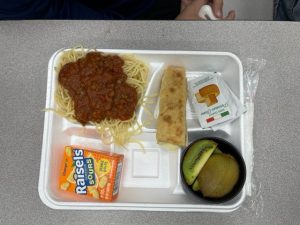
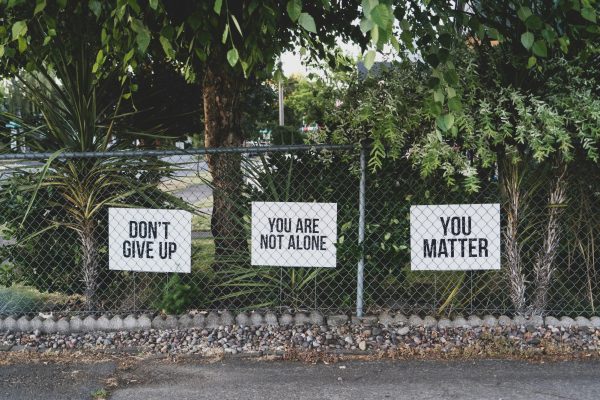


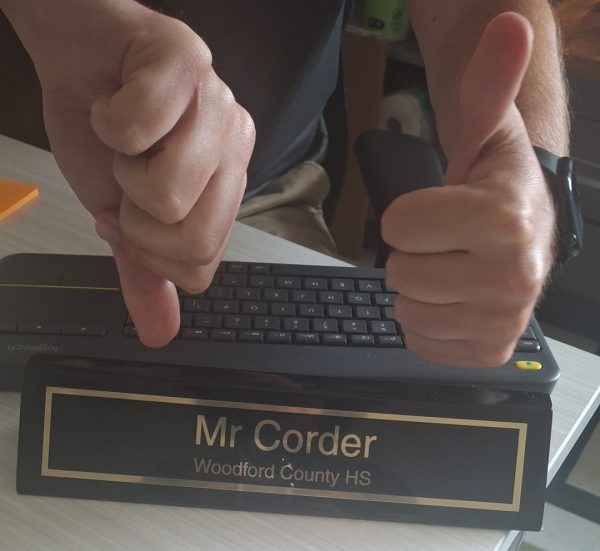

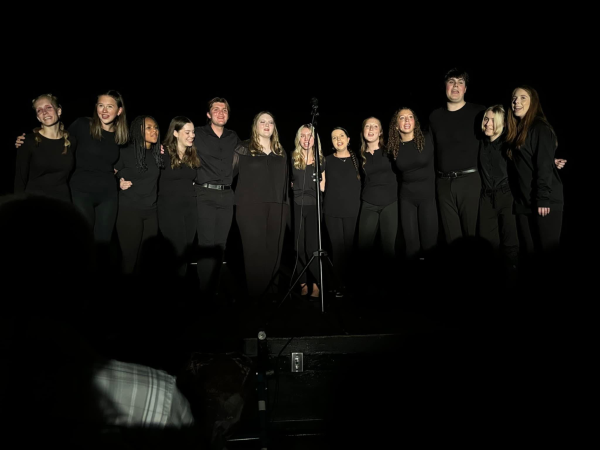
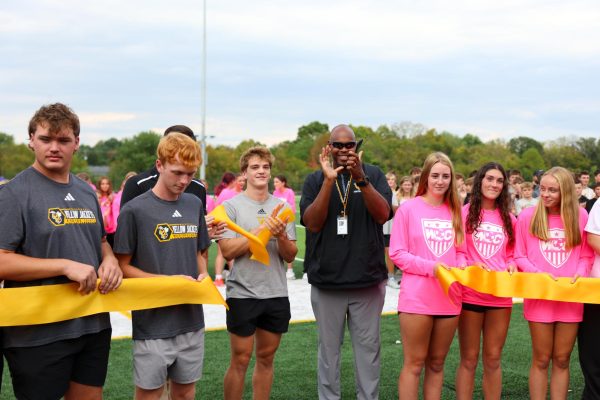
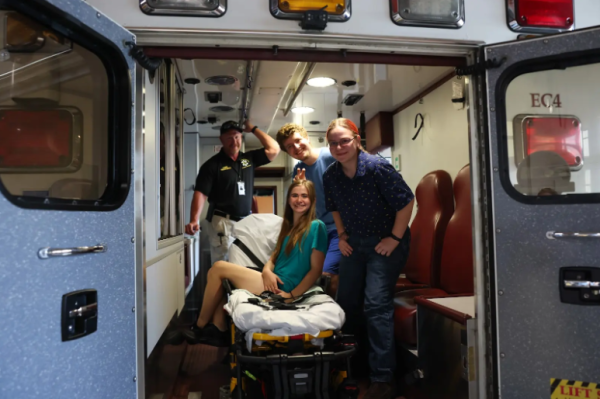

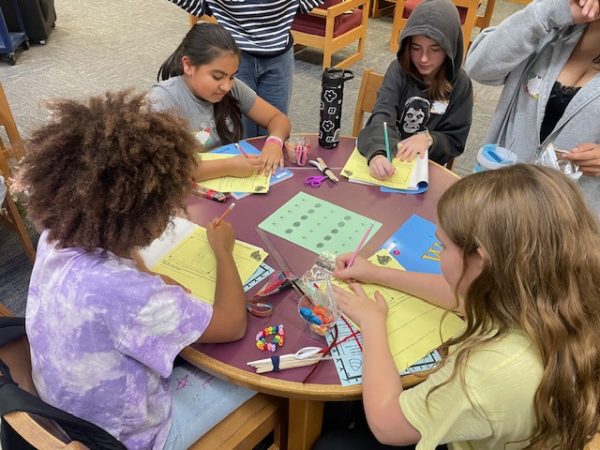
Ian Mattingly • Sep 22, 2022 at 9:01 AM
As a student-athlete, it does pain me to see lunch this late. My old high school had it sorted out with various lunch periods from 11-1. I typically need 3-4 hours after I eat to run and the school just isn’t providing that. Fantastic article to bring light to this issue.